A detailed test and review of the Cogswell & Harrison Windsor shotgun in 12-bore... technical details, a little history and, most importantly, how it was to shoot!
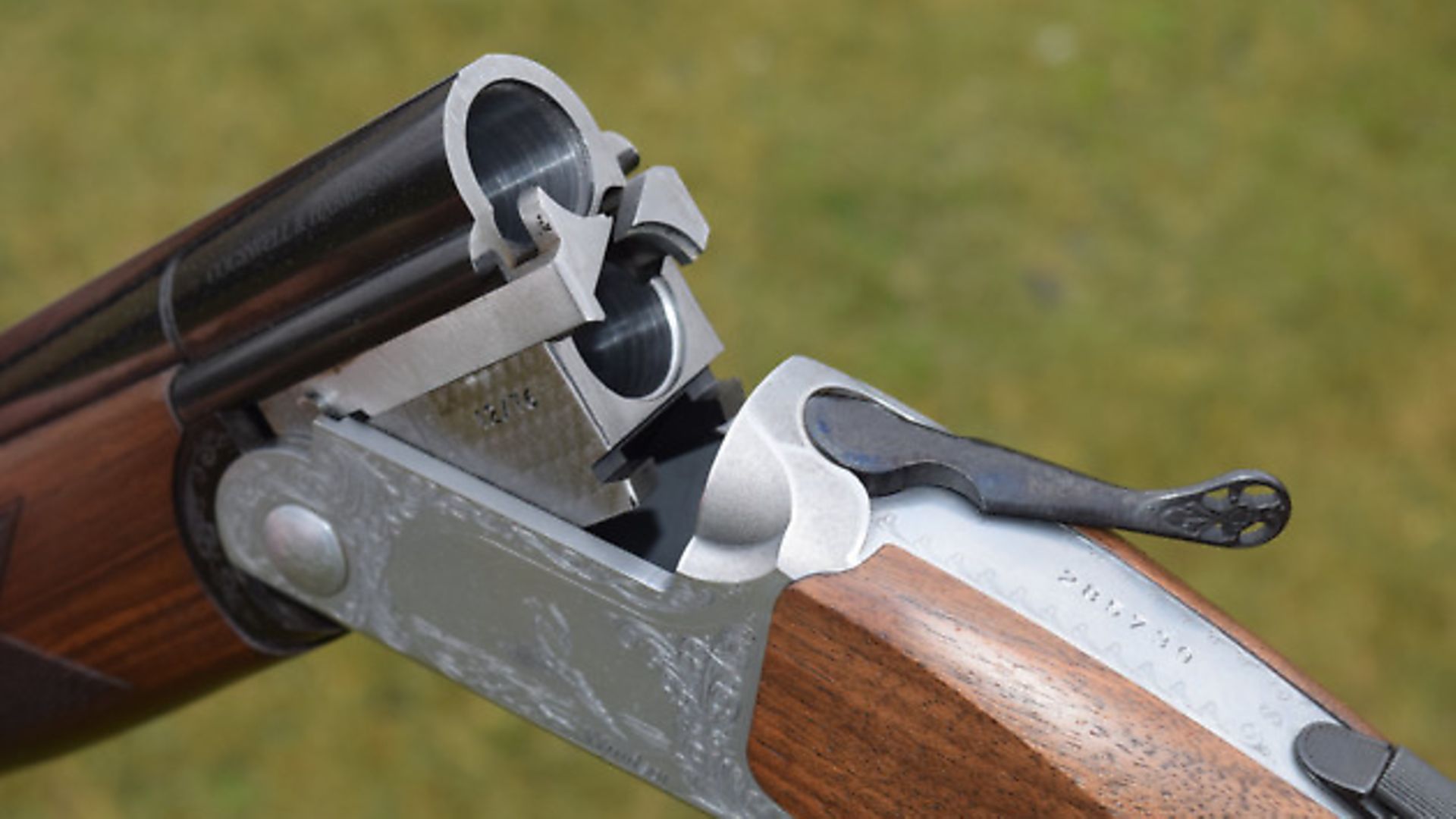 credit: Archant
credit: Archant
Make: Cogswell & Harrison
Model: Windsor
Bore: 12 (20 available at same cost)
Barrels: 30”
Chamber: 3”
Rib: 6mm
Proof: steel
Weight: 7.25lbs approx.
RRP: £1,125.00
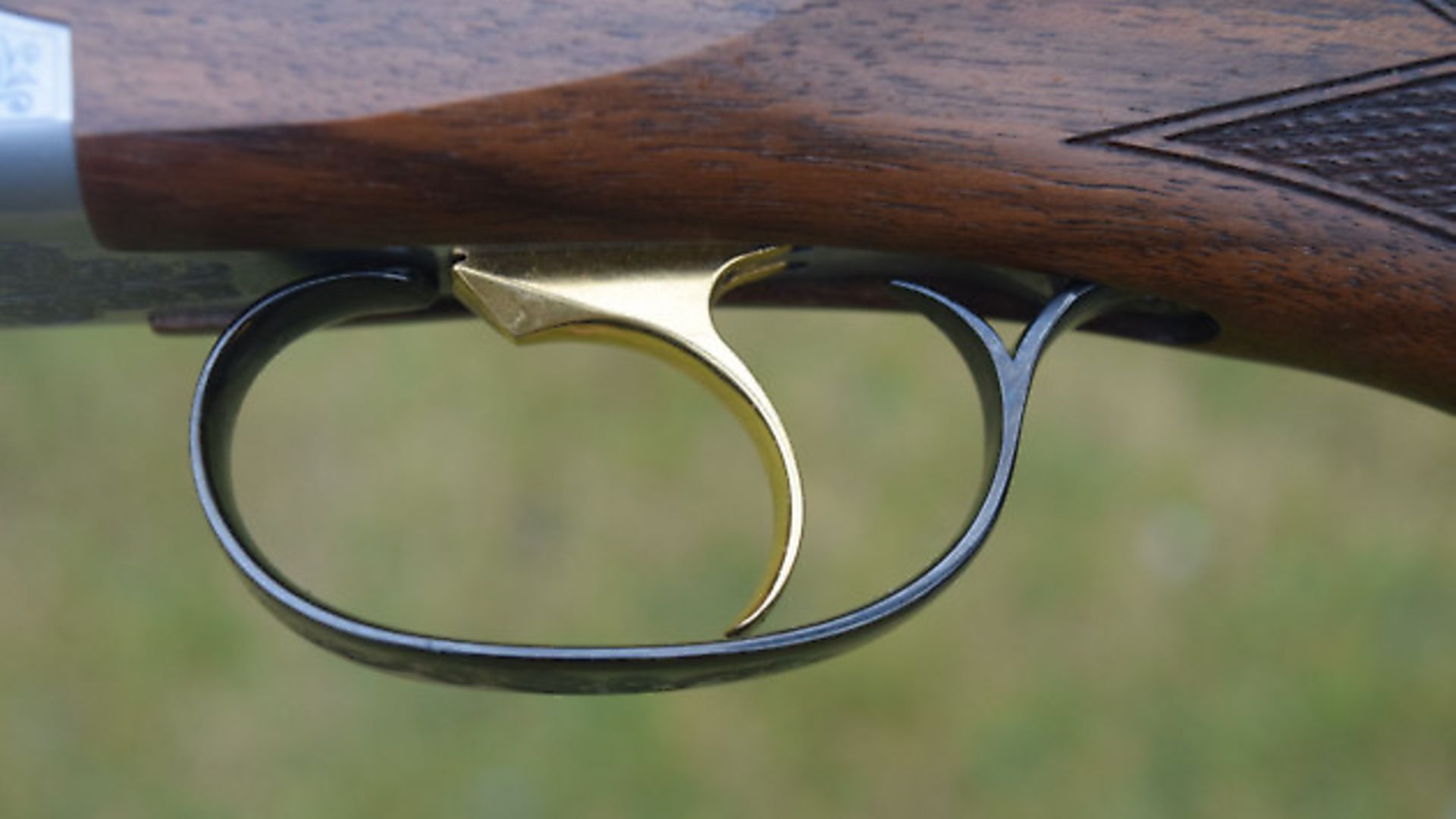 credit: Archant
credit: Archant
We like
* The general specification
* The value
* The stock shapes
We don’t like
* The engraving
* The low comb
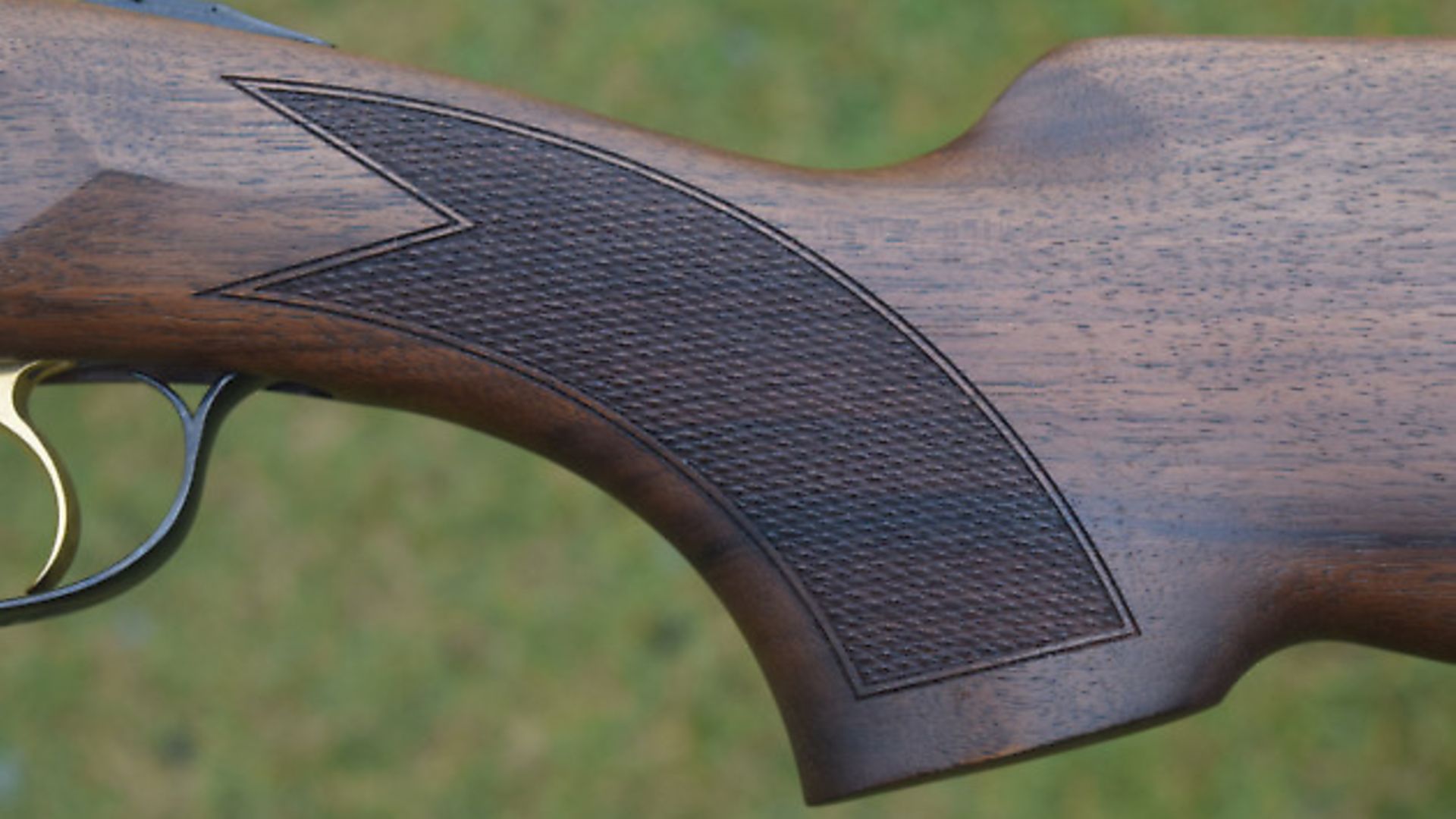 credit: Archant
credit: Archant
Shooting Impressions
Now to the really interesting bit! The gun was shot on a variety of sporting and simulated game stands. I thought it shot better that its pedestrian looks. I liked the way it handled, as discussed, and the stock shapes were especially pleasing. It broke the birds efficiently, it had the good qualities of being both forgiving and intuitive to shoot, but it was let down a little by its trigger pulls which did not feel especially refined. These might be quite easily adjusted though (and the comment applies to most guns near this price point). Although there are some small points I would change, amongst them the slightly low comb, this represents a lot of gun for the money. The Windsor has few vices. As a tool for the hide or marsh, it might be just the ticket. It would also suit for use on the odd driven day or for clay busting. I would not be pushing 3” shells through it routinely (it’s a bit light for that), but it is good to know that it can accommodate them when required as steel is now mandatory for duck.
The bottom line? The Windsor isn’t going to set the gunmaking world alight, but it is well presented and offers real value. I think Cogswell & Harrison could now introduce more character into this range. The quality for cost is already there.
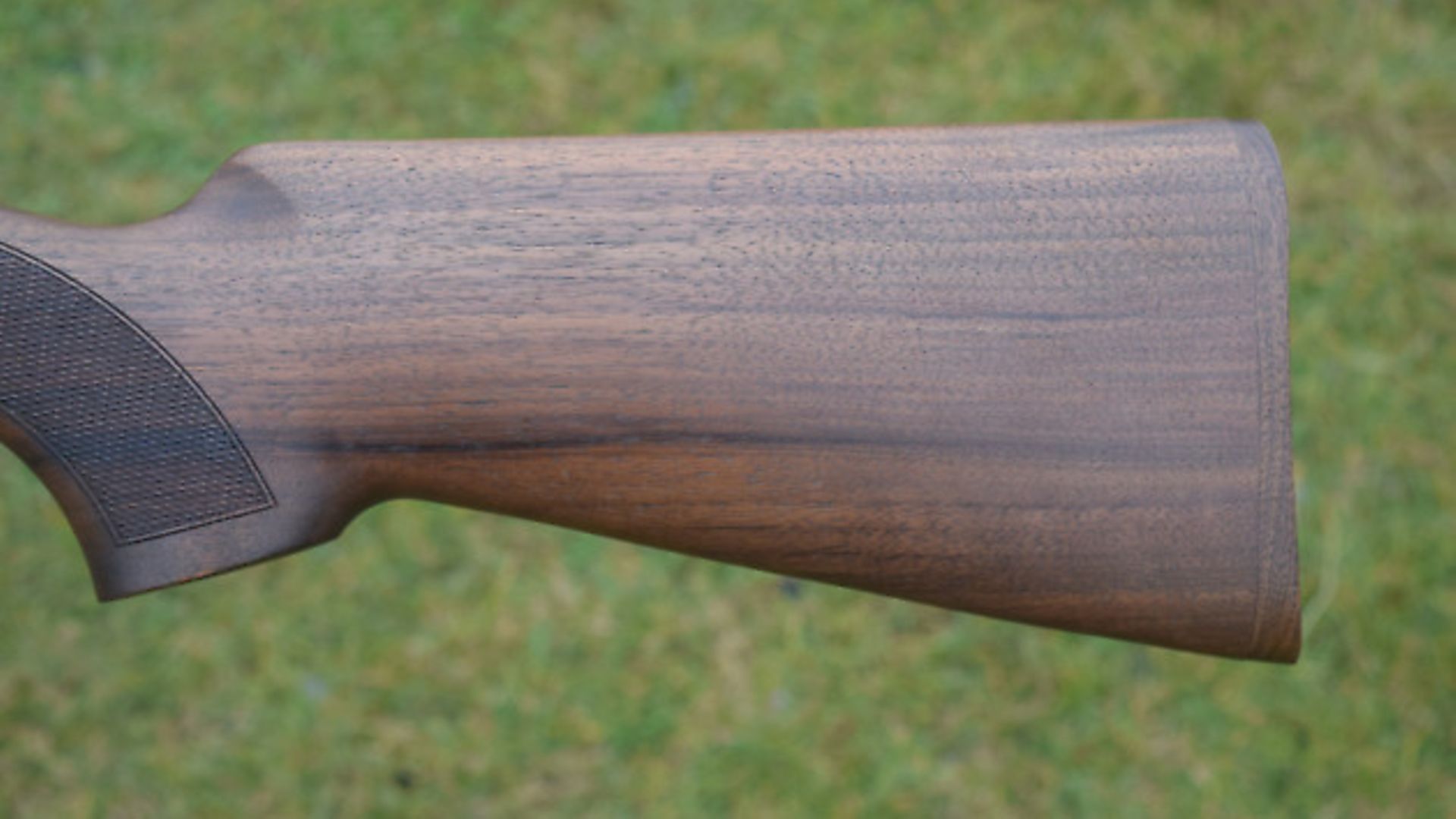 credit: Archant
credit: Archant
Technical
The ‘Euro’ action of the test gun has the usual split/trunnion hinge pin arrangement (with studs mounted in the action walls locating in the bifurcated lumps of the monobloc). There are double cocking bars as seen on many other Italian guns (save Perazzi) as well as Holland & Holland Royals and the Boxall & Edmiston that I had a hand in designing. Coil springs are used to power the hammers as one would expect. The single trigger is recoil activated, as noted, and a selector is placed on top of the conventional thumb-operated top strap safety. Both safety and selector are well proportioned, larger than the average, and positive in action – just what one needs on a cold, wet day.
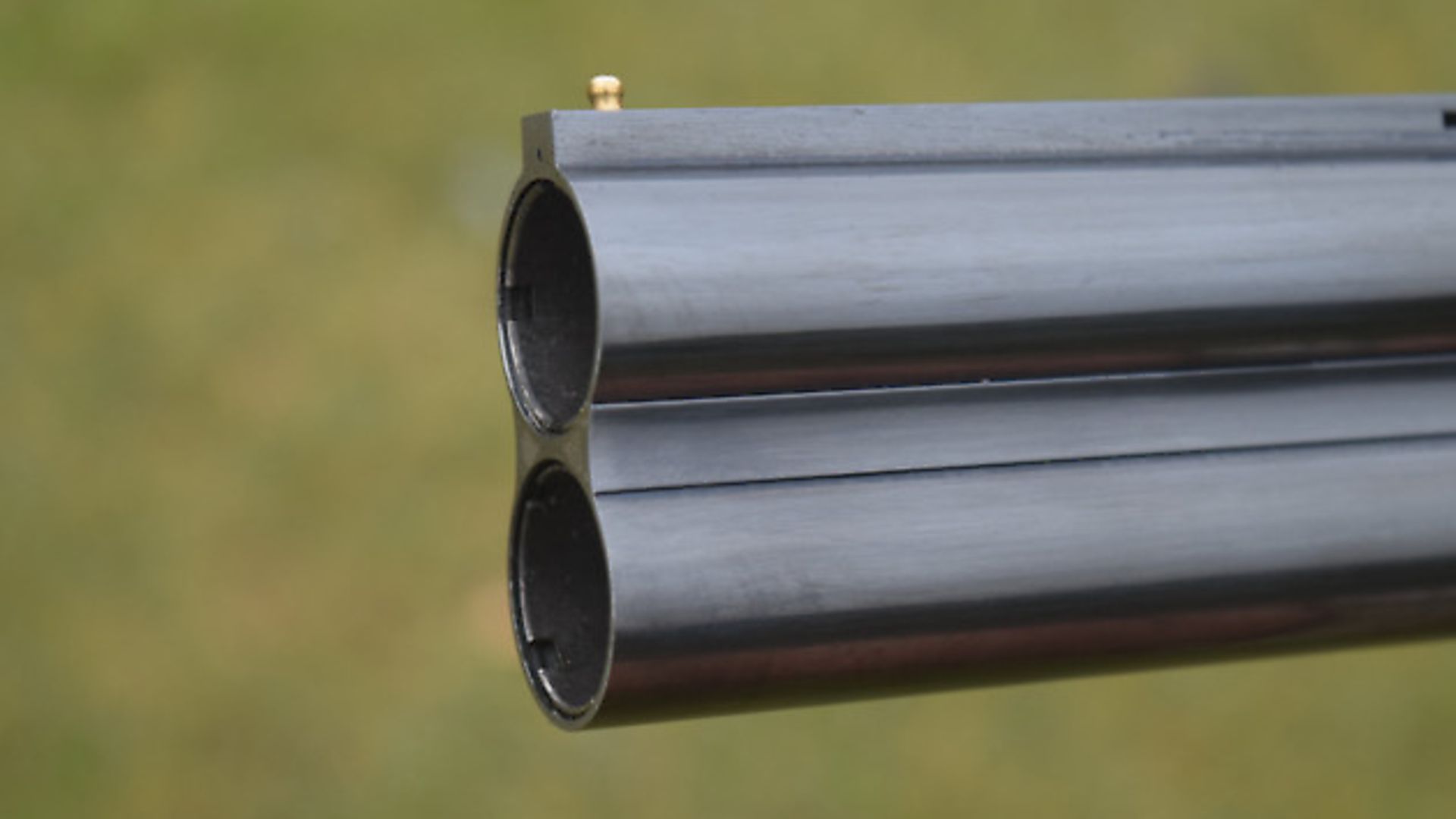 credit: Archant
credit: Archant
The locking arrangement is very familiar too. Browning inspired, it involves a full-width bolt coming out of the bottom of the action face, and engaging bites beneath the bottom chamber mouth. It is well proven, probably the best proven system in over-and-unders other than the equally good Boss arrangement (both are seen in many guns). The only disadvantage is that by placing the bolt and bites beneath the bottom chamber mouth, the gun is made a little deeper in profile than might otherwise be the case with a split hinge pin design. It works best aesthetically in a 20-bore in my opinion, but is still good in a 12. A byproduct of the design is that a slightly deeper action allows for near-perfect grip dimensions.
 credit: Archant
credit: Archant
About the gun
This month’s test focuses on a 30” Windsor over-and-under game gun that also bears the name of the famous old English firm, Cogswell & Harrison, as well as the model designation. It is, however, made in Brescia, like a number of others being offered at competitive prices by established English gunmakers as a supplement to their own bespoke home-made production. First impressions of the Windsor (and I note Fausti once offered a gun of similar name and spec) are of an attractive gun with a sensible specification that is not radical in any department – monobloc barrels, bifurcated lumps, Browning-style lock-up, inertia single trigger, multichokes – and which is also well finished with good wood-to-metal and metal-to-metal fit and competent blacking. In all respects other than its maker’s name, it seems a typical product of modern Gardonne – no bad thing.
The trend towards re-badging ‘Euro guns’ is now well established with firms like EJ Churchill, William Evans and William Powell all offering well-built guns made abroad but with their own name attached. The reason for this is, of course, price. A British firm may specify a gun based on their knowledge of the home market and have it manufactured at vastly reduced cost abroad, typically in Italy, Spain or, more recently, Turkey. You might, indeed, say Browning began the modern trend by getting Miroku to make guns for them in Japan. My sentiments about this are mixed. On the one hand, I don’t really like to see a great name attached to a foreign product; on the other, some of the guns now coming to our market offer good value, and I would say that the test gun with an RRP of £1,125 in 12- or 20-bore is certainly one of them. Most of the other English branded ‘continentals’ are significantly more, and even the cheapest English made over-and-under is going to set you back at least £15k (for a Longthorne Hesketh), with £30k plus being the norm.
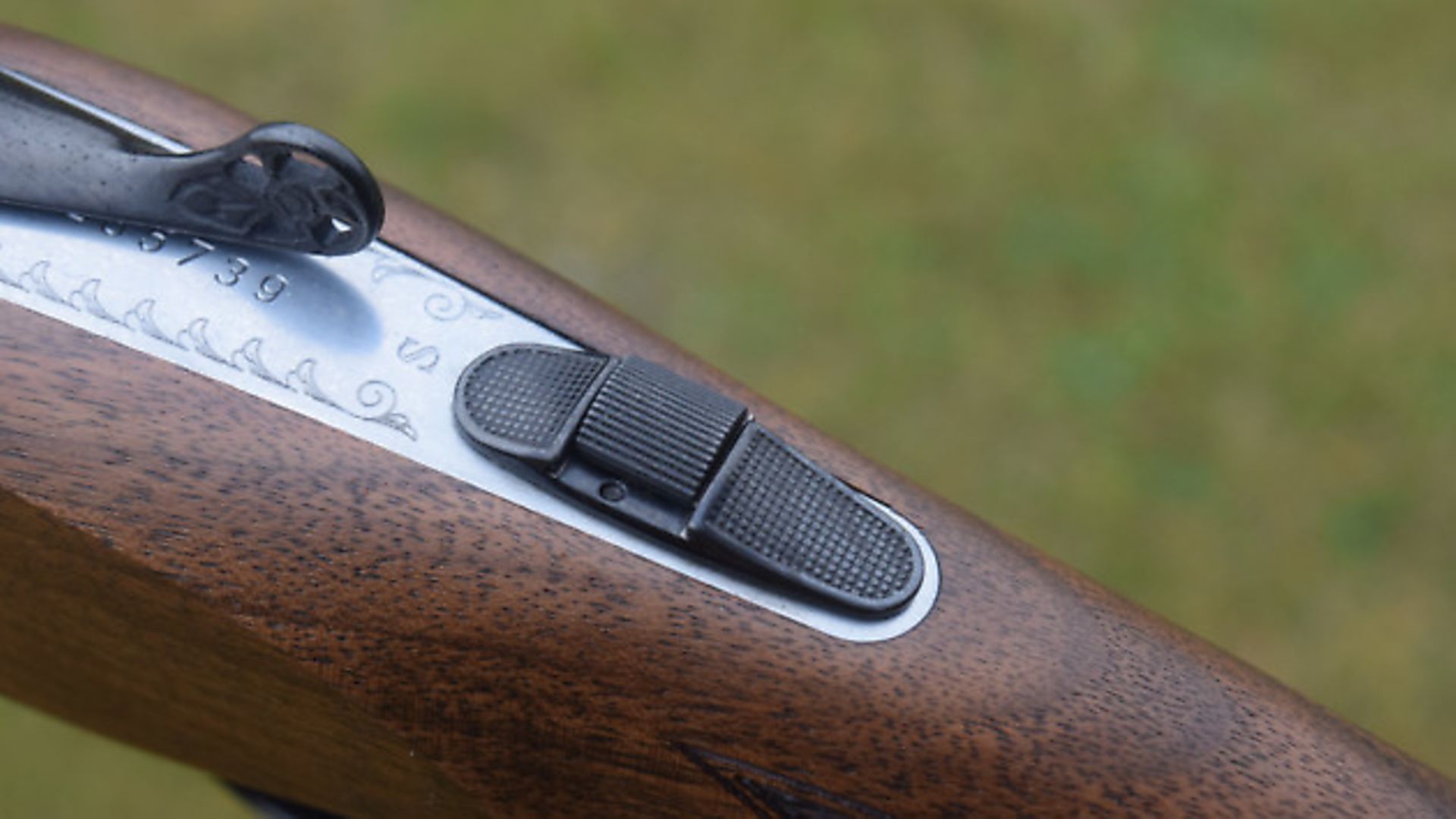 credit: Archant
credit: Archant
The Windsor reassures when you pick it up – stock shapes are good and its weight (about 7¼ pounds) is near ideal for a field over-and-under. I am Mr Average in gun-fit terms and when I put the gun up, I was looking straight down the well-matched 6mm sighting rib and immediately thought, yes, I can shoot this. The basic form of the gun is sound, although in my opinion the silver-polished action might look better with scroll only, although the engraving is not too gaudy. My preference would be for a plain colour case-hardened action or an acanthus scroll pattern with full coverage (not difficult in the age of lasers). The stock finish and, again, laser chequering are attractive and practical – the chequering is not too fine and offers effective purchase. Wood is plainly figured but not unattractive.
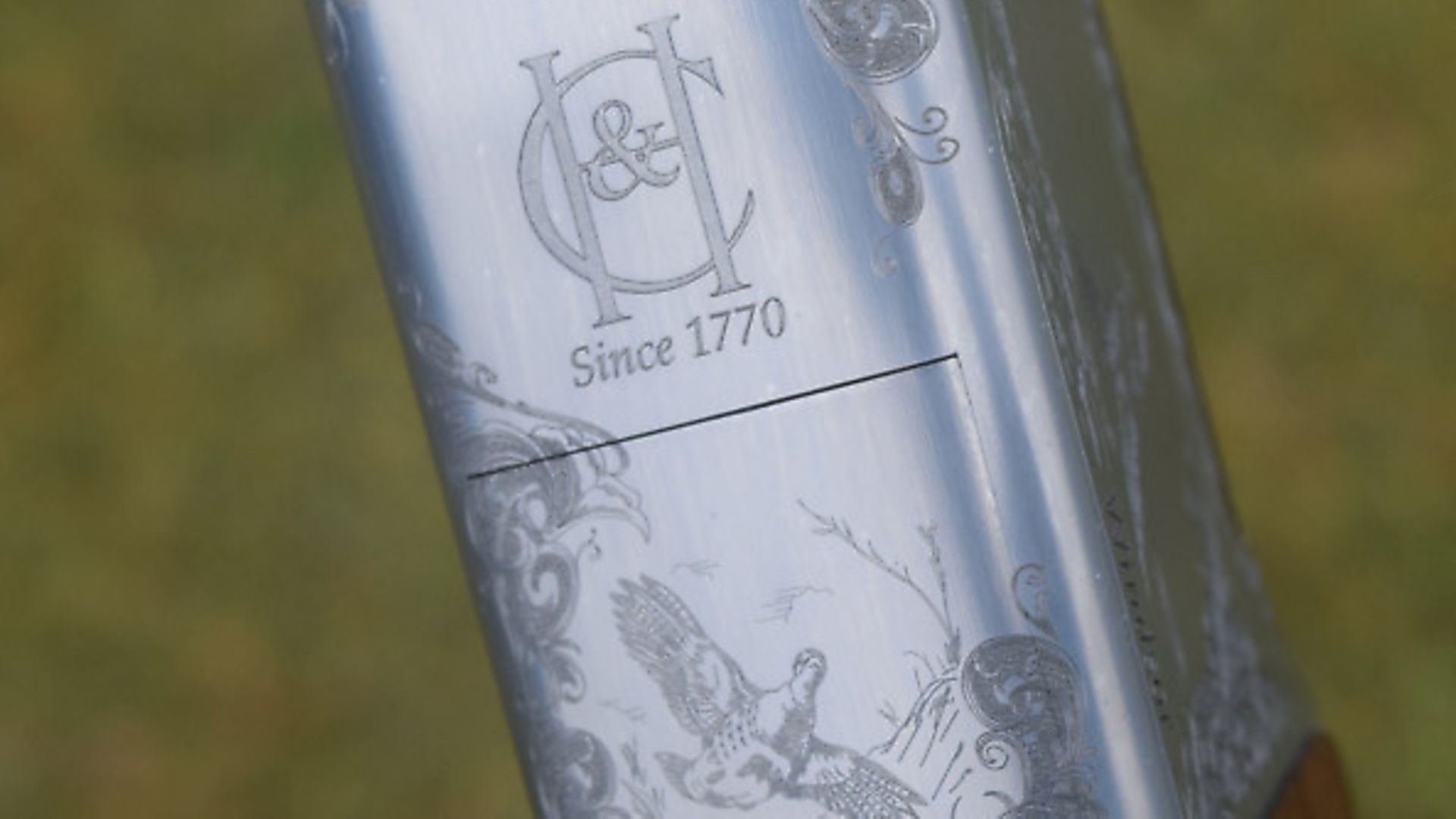 credit: Archant
credit: Archant
Bringing the gun to face and shoulder, you note a muzzle-heavy balance (I would add a little weight to the butt, which would be easily done because of the removable wooden butt plate). Nevertheless, the gun feels both steady and comfortable. I liked the muzzle control offered by the full, but not too full, pistol grip. The angle was good – not overly acute – and the grip was a good size too, being not too thin or thick. A good design like this encourages the hand to stay put rather than slide forward in recoil, as well as enhancing muzzle control. There was nothing wrong with the schanbel fore-end, but a rounded design might have looked better and allows the front hand to be extended. My only significant criticism of the stock would be that the drop was a bit excessive at 23/8” to the rear. 21/8” would have been a better standard shelf measurement in my opinion (there is a danger that in raising the gun to a higher bird you may lose sight of the rib and the wrong eye may take over). The drop to the front of the comb was good, though, at 1½”. Length of pull at 145/8” was fine as well, and with the removable butt plate one might easily extend that to nearly 15½” with a 1” pad.
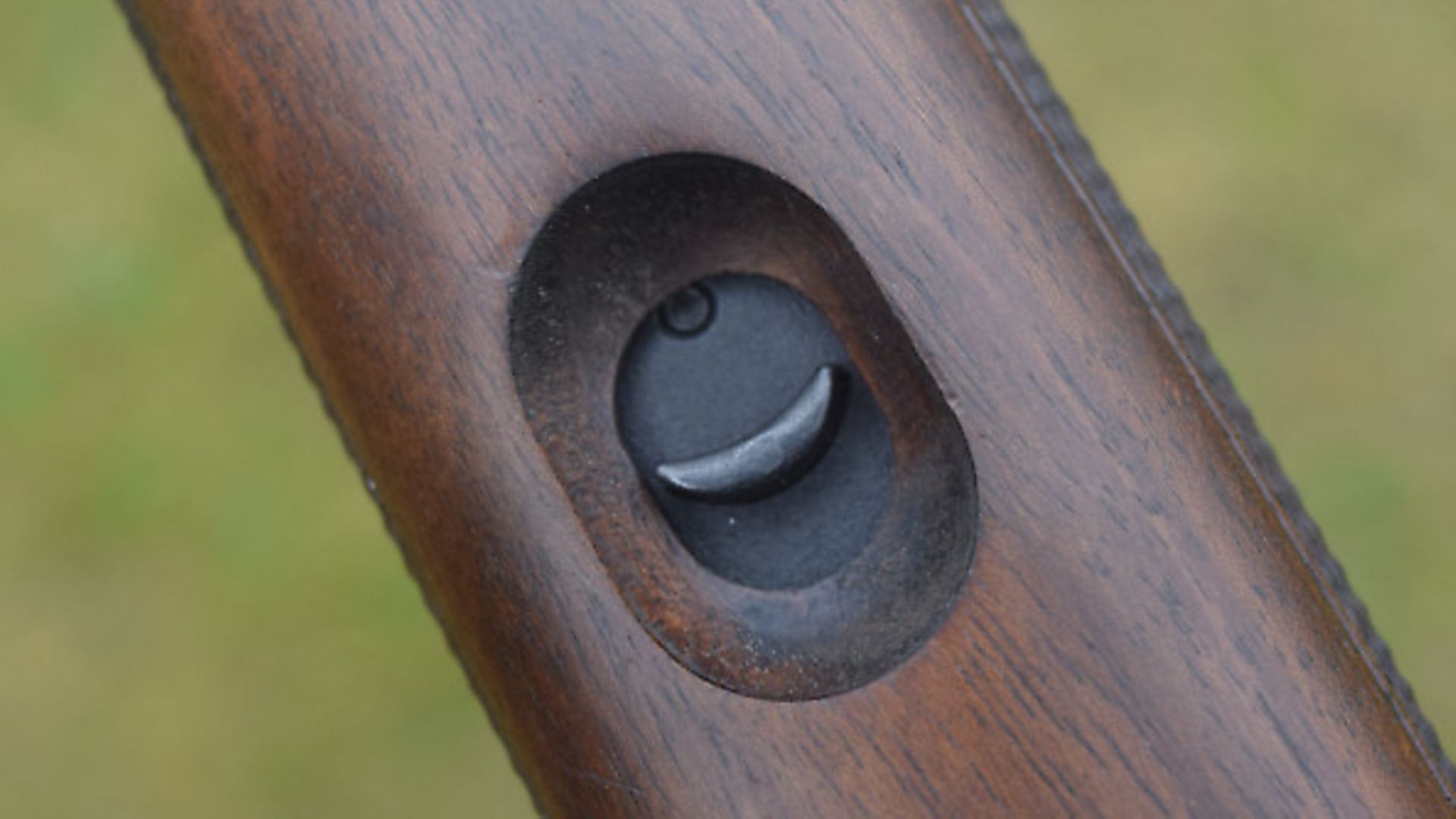 credit: Archant
credit: Archant
Overall, the Windsor feels solid and appears well made by modern CNC machine processes and similar. The barrels, as noted, are monobloc. The joints are neat between monobloc and barrel tubes and disguised with the usual line of engraving. The well-machined chambers are designed for 3” (76mm) Roman candles as noted (though I doubt if many will use them much in a gun of this weight). The engine turning to the sides of the monobloc looked smart and the ejector work was very neat. The gun comes with five interchangeable chokes – no skimping here – and is steel shot proofed for 3” cartridges as noted.
The barrels have solid joining ribs and a ventilated, flat 6mm sighting rib. I liked the design, as mentioned, though a hollow, ‘solid’ type might have been even better (as it is less susceptible to dents). This rib has a well-finished top surface and the advantage of lightness which helps to keep the barrels feeling lively. There is a plain metal bead at the muzzles which was admirably fit for purpose – much better than plastic. Internal and external finish of the barrels was excellent at any price. Holding the barrels up to the light showed no signs of rivelling and the tubes were perfectly straight – considerably better than average. Generally, these tubes were well constructed. The bores are hard chromed too, which is a benefit on a working gun, although not always a favourite of gunsmiths as it may complicate repair.
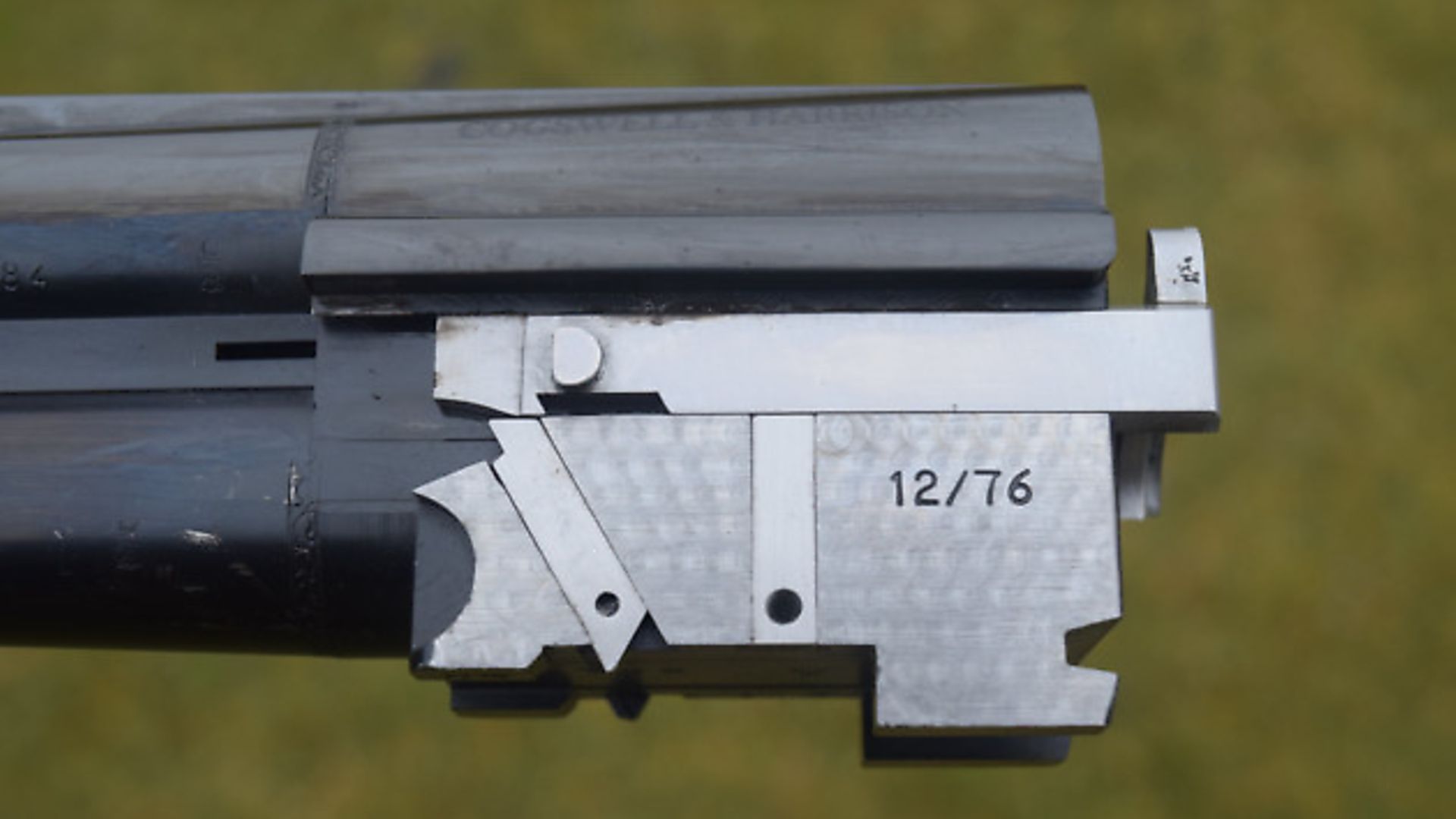 credit: Archant
credit: Archant
With regard to bore diameter, both barrels are marked up at 18.4mm. I would, usually, have advised a wider bore to help with felt recoil, especially in a magnum chambered gun; a significant number of manufacturers are now moving towards 18.6 or 18.7. This can improve patterns, especially with large shot, and reduce felt recoil. It is certainly my practical experience as a gun tester that wider bores can be of real benefit, although in a game gun one should not go too wide as there can be gas leakage with felt/fibre wads. I would opt for 18.5 or 6, but hey, that’s just an opinion. 18.4 has worked well as the Italian standard for many years.
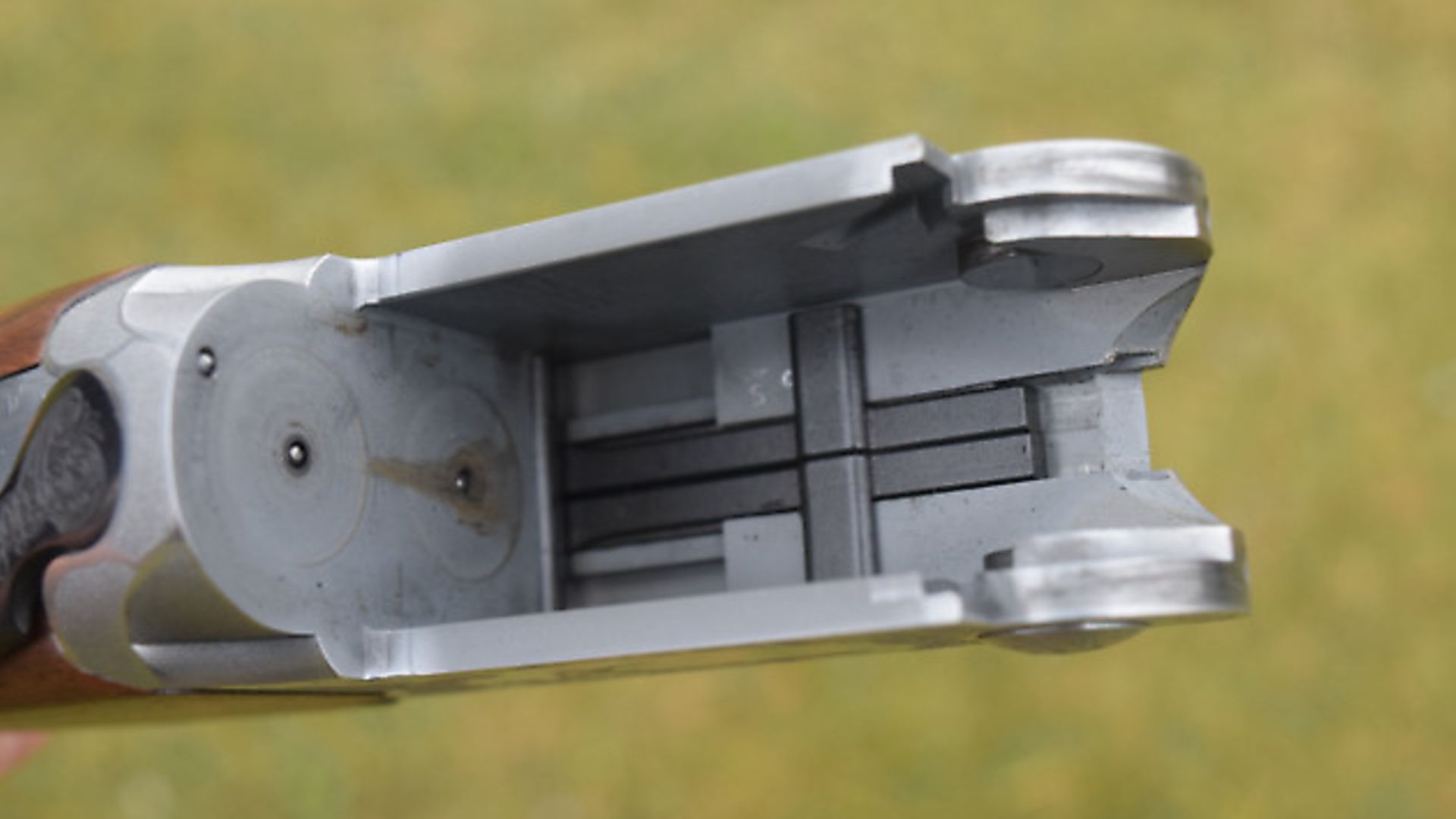 credit: Archant
credit: Archant
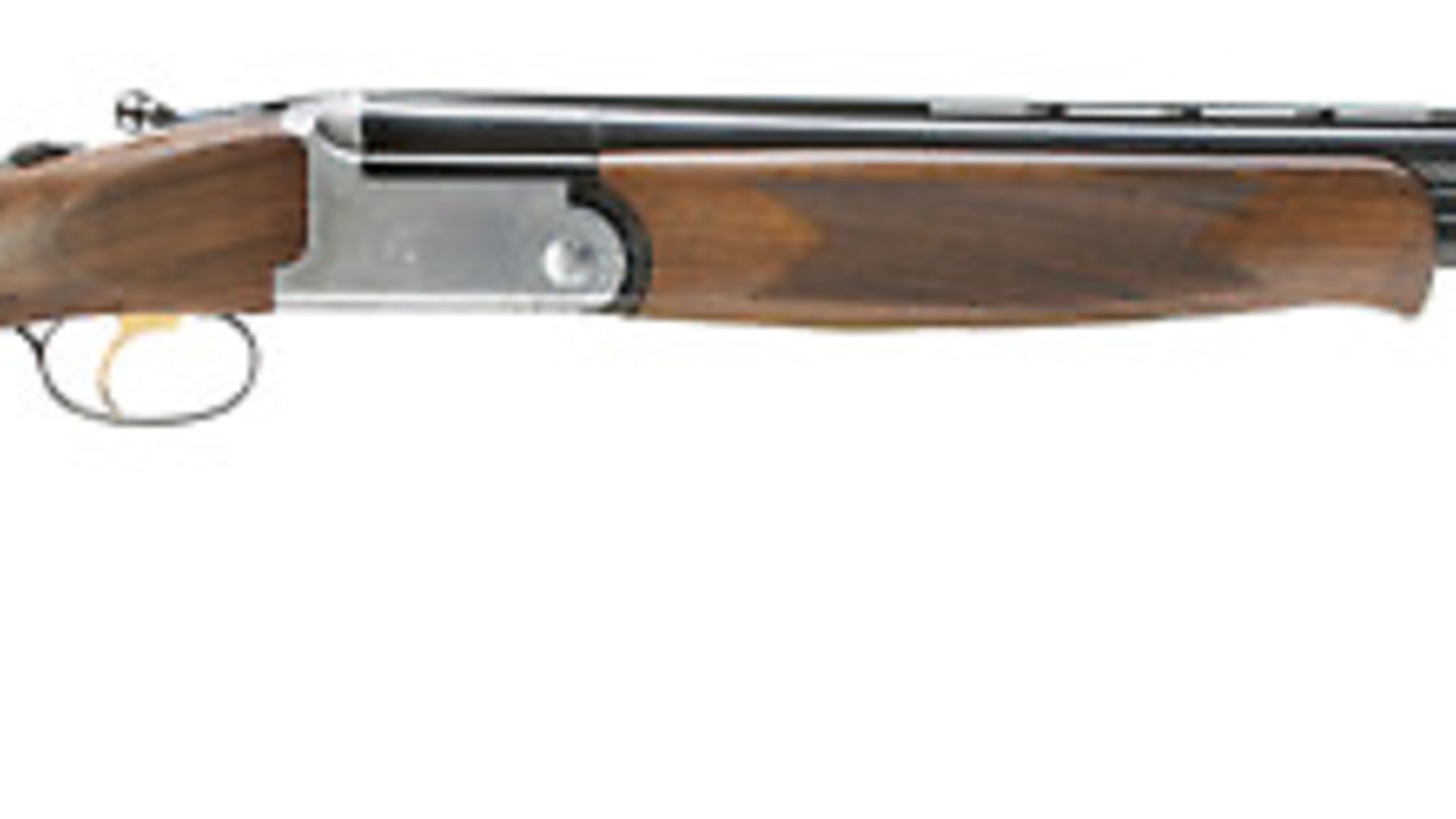 credit: Archant
credit: Archant
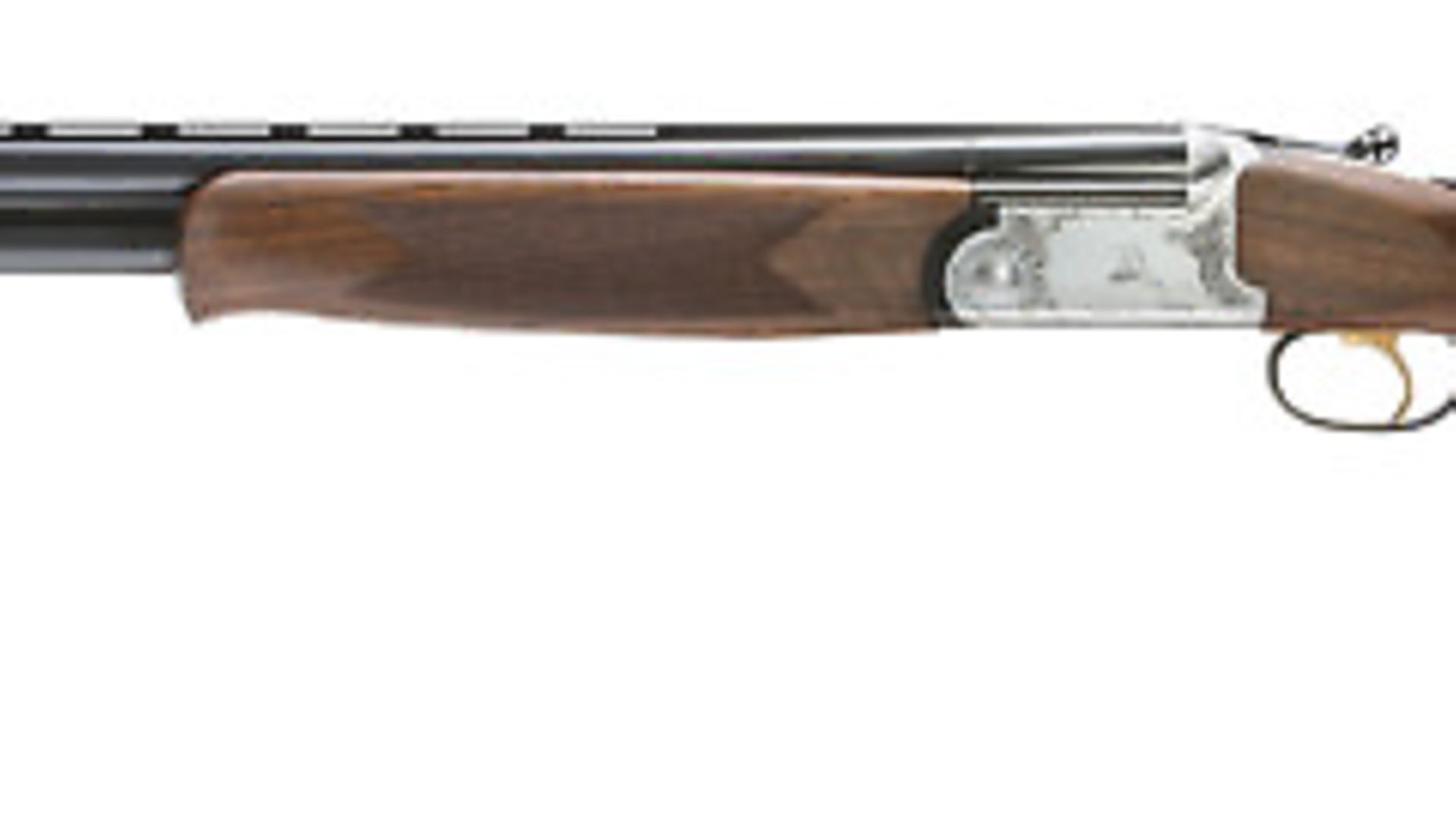 credit: Archant
credit: Archant